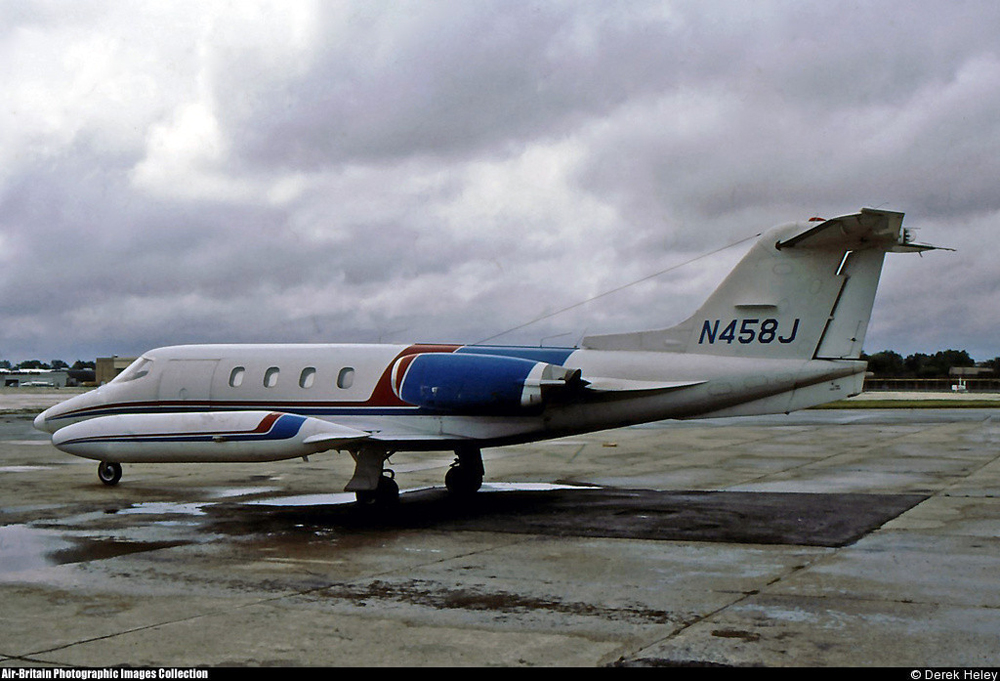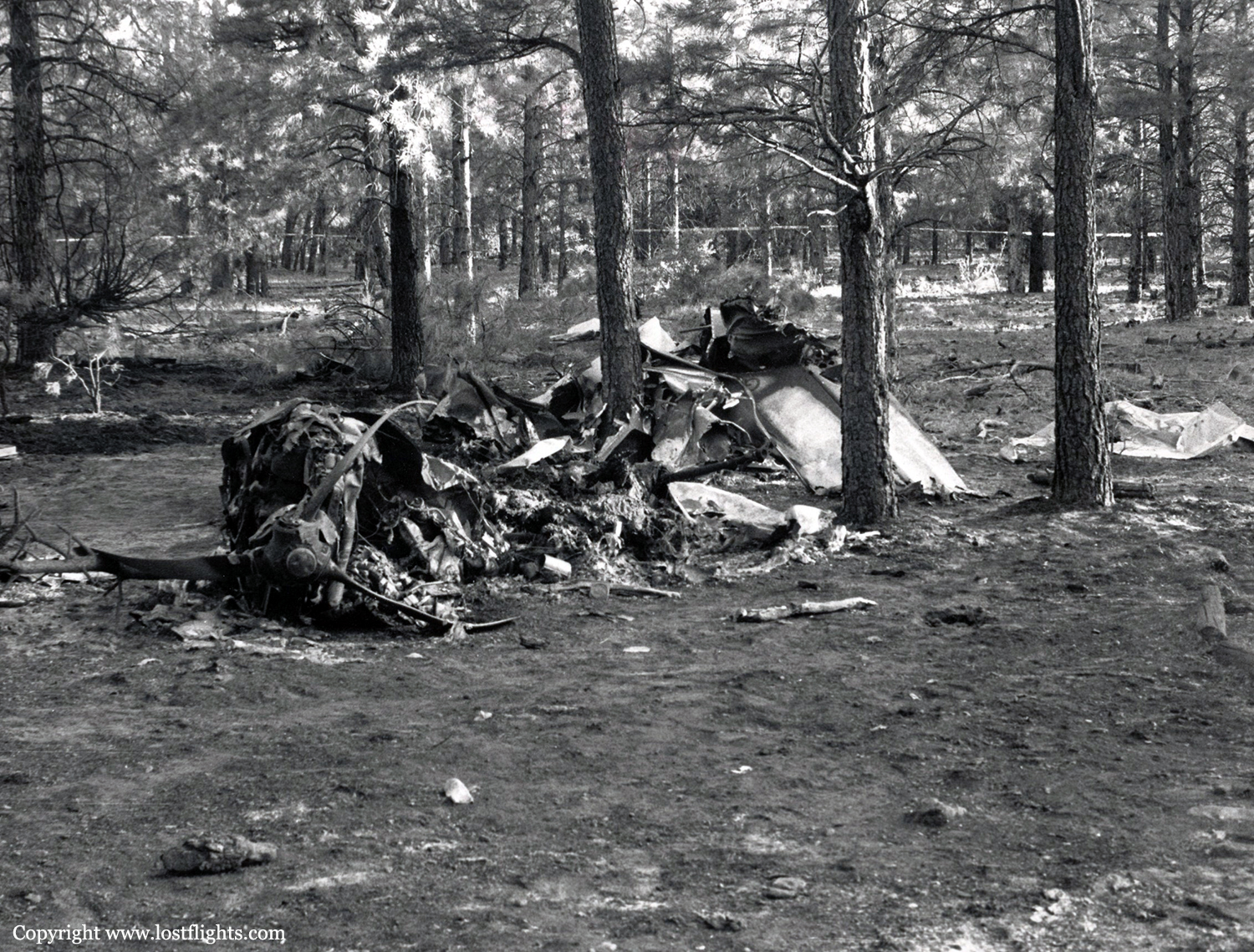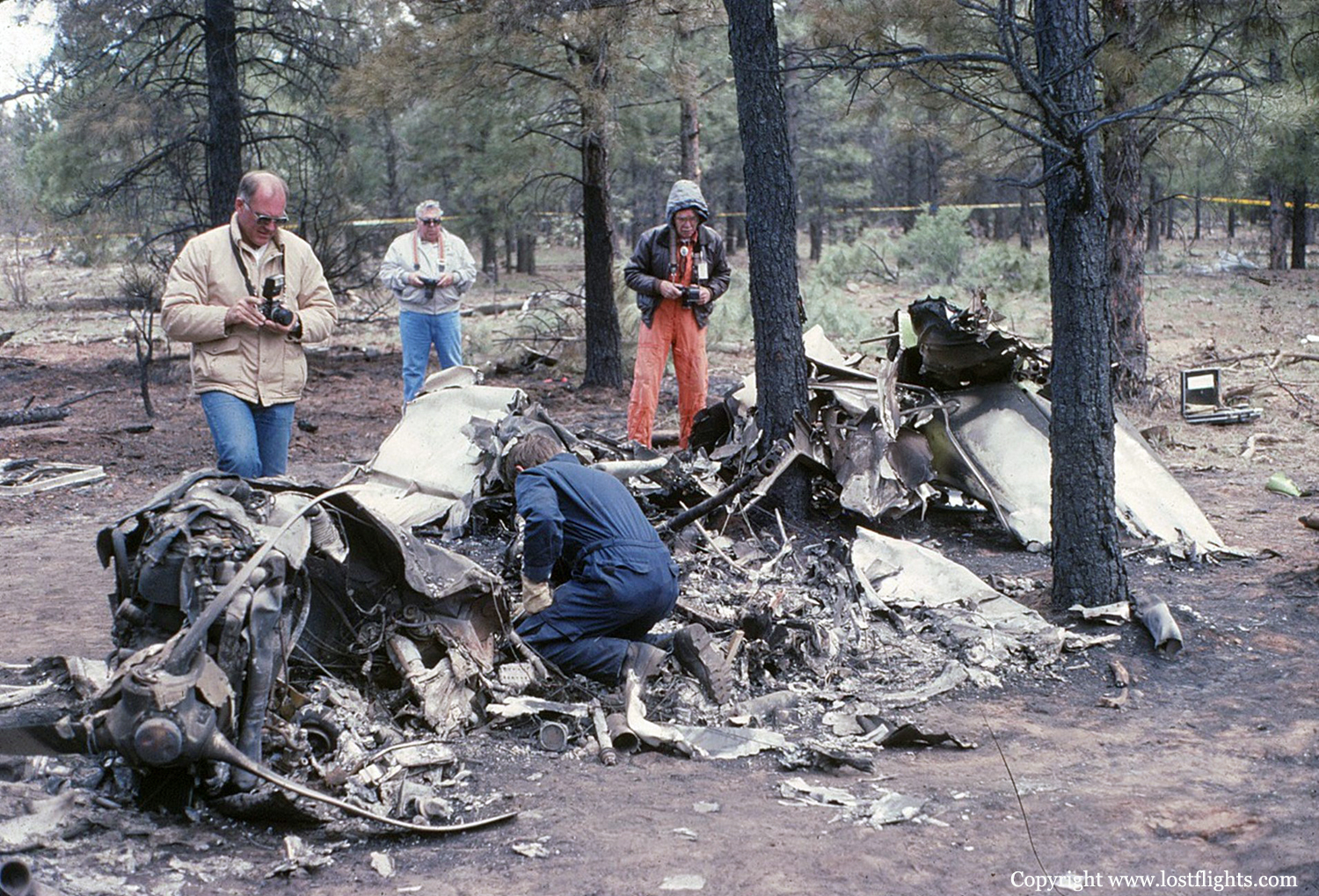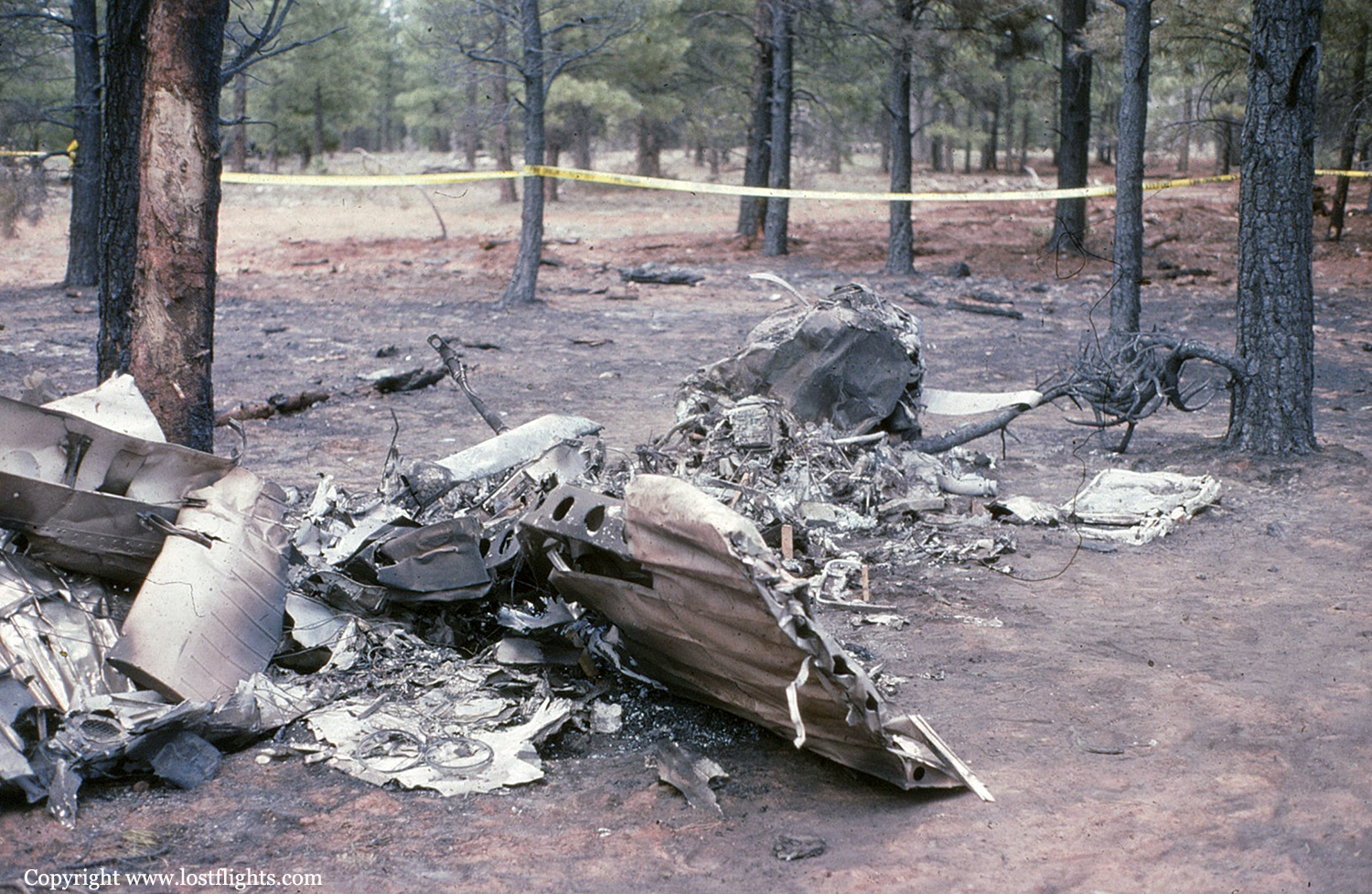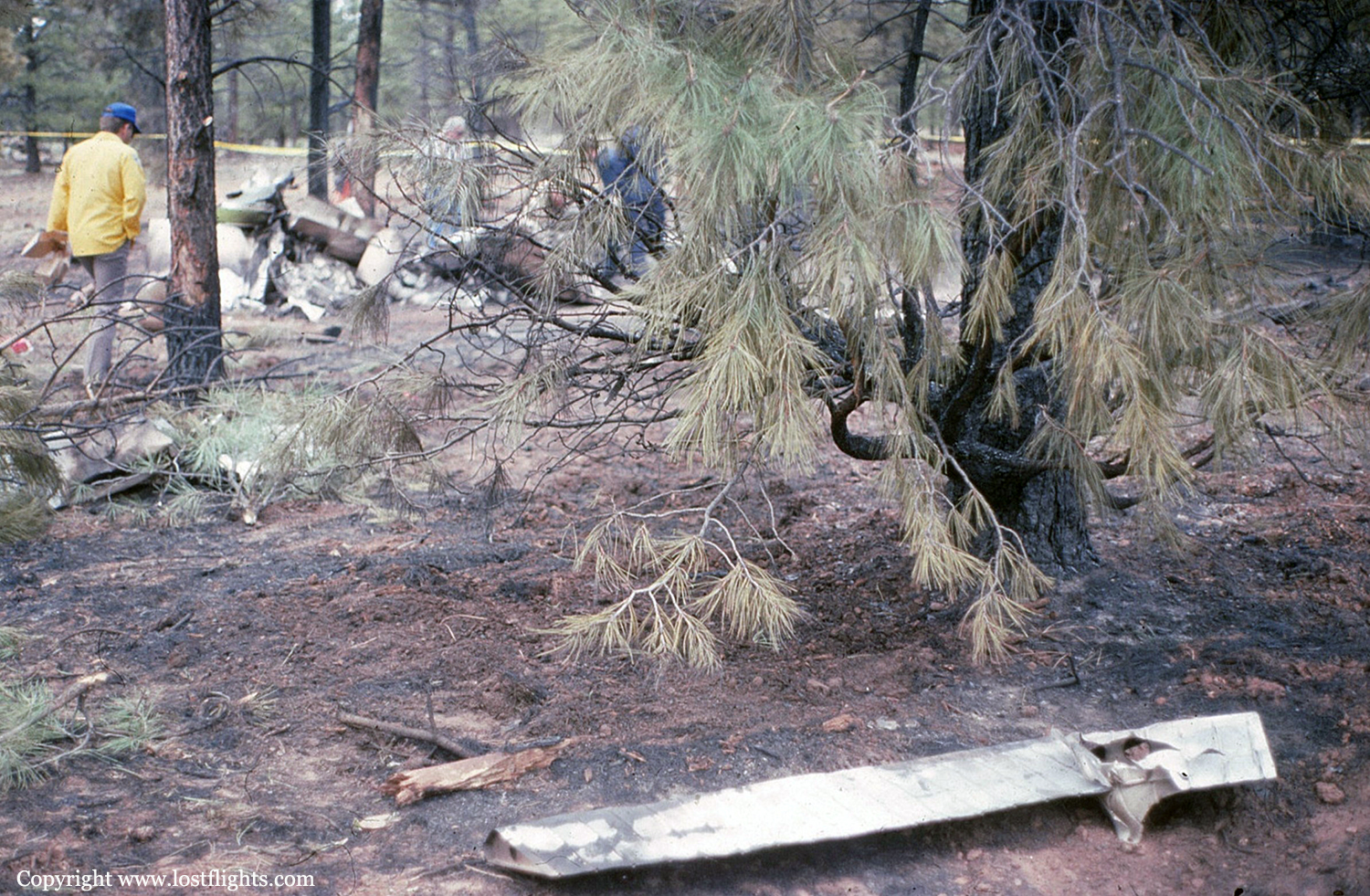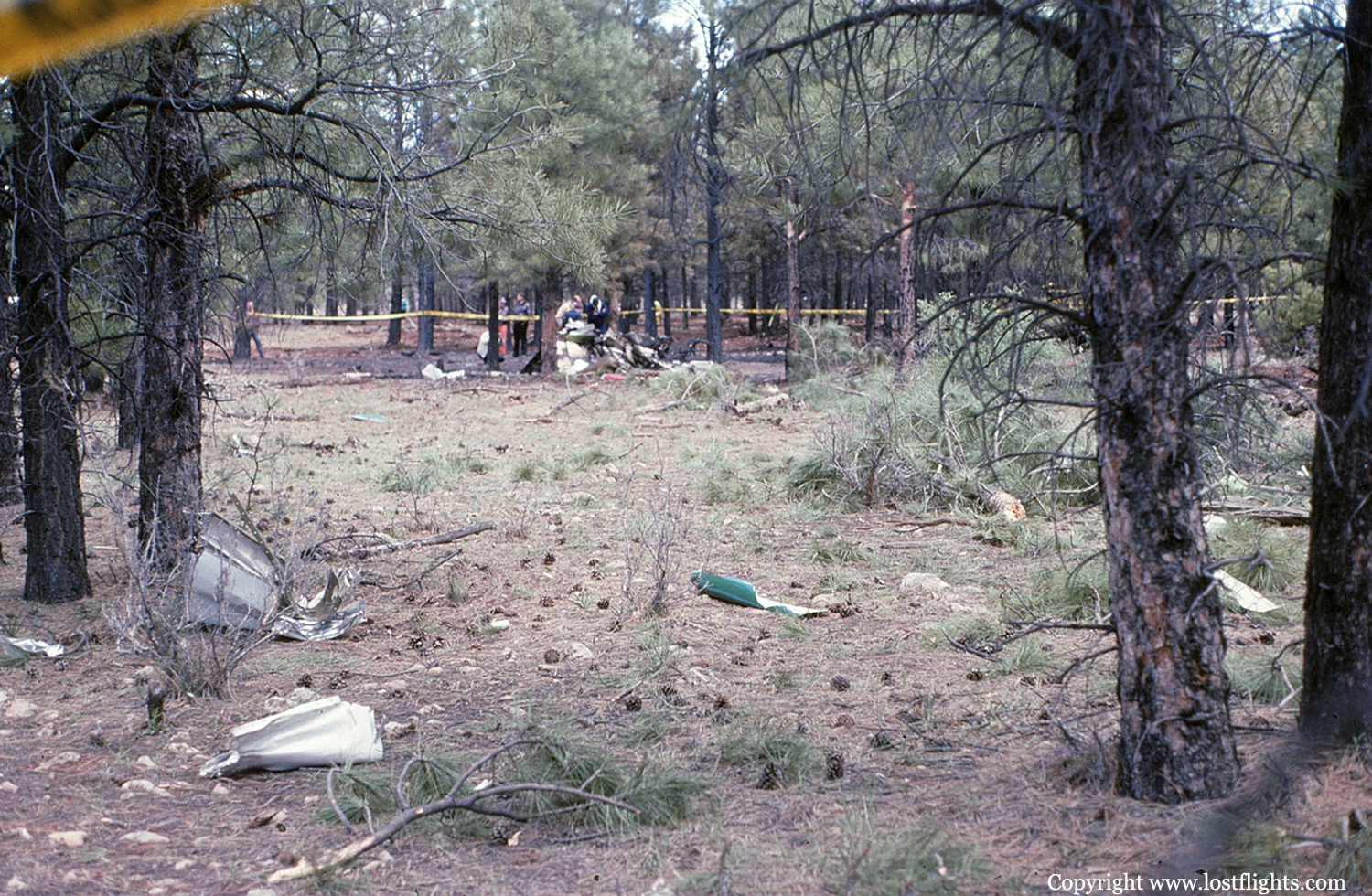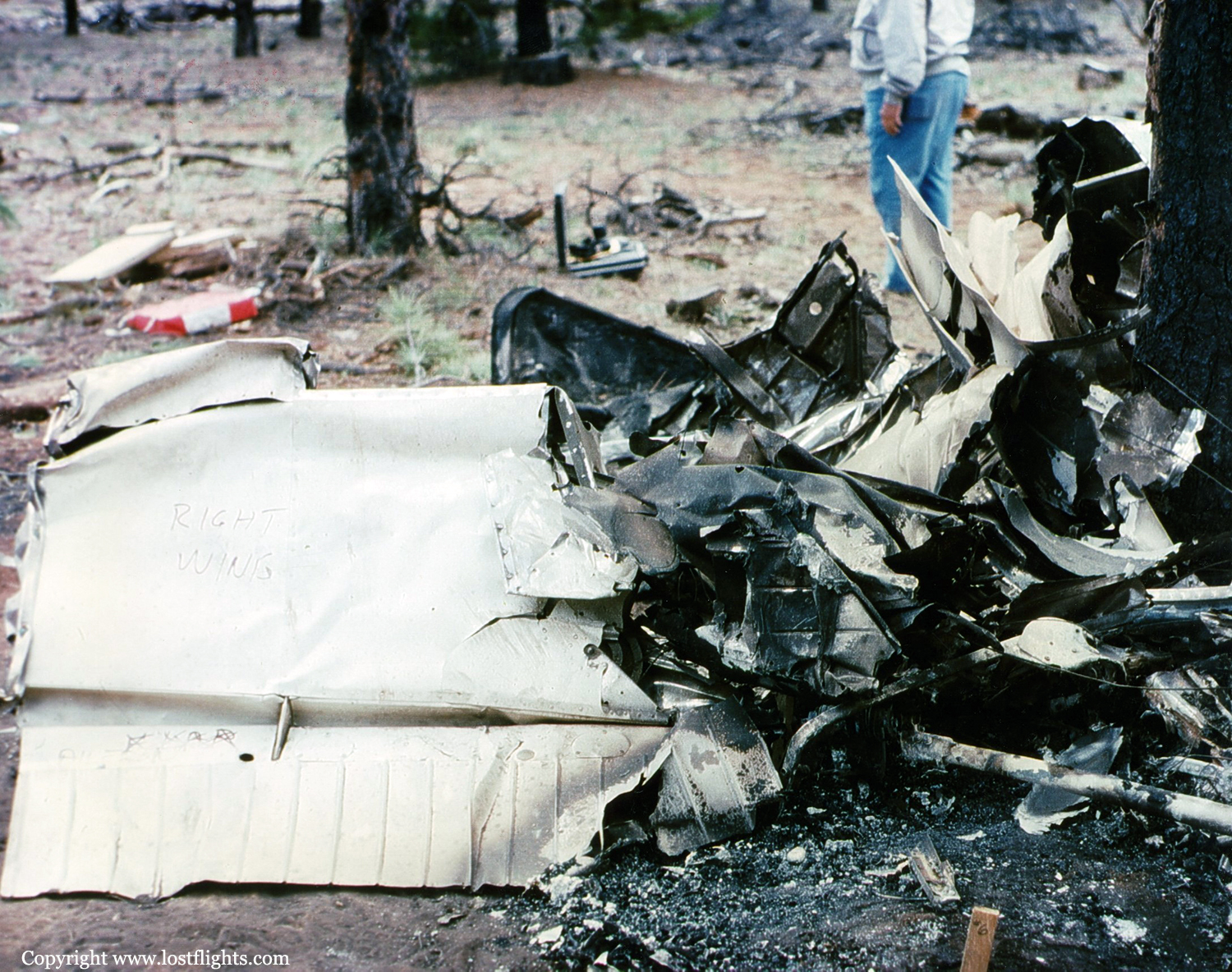Crash of a Learjet 25XR in Columbus
Date & Time:
Jul 1, 1991 at 2152 LT
Registration:
N458J
Survivors:
Yes
Schedule:
Philadelphia - Columbus
MSN:
25-106
YOM:
1973
Crew on board:
2
Crew fatalities:
Pax on board:
0
Pax fatalities:
Other fatalities:
Total fatalities:
0
Captain / Total hours on type:
4156.00
Circumstances:
N458J was landing during a rain shower. As the airplane started to flare for landing, the wind caused it to drift to the right. The pilot started to correct this drift, as the rain became heavier. During the touchdown, the pilot lost visual reference with the runway, yet he continued with the landing roll. The airplane drifted off the left side of the runway and ran into soft terrain. Both pilots escaped uninjured and the aircraft was damaged beyond repair.
Probable cause:
The failure of the pilot to maintain visual reference with the runway during a landing, which resulted in a loss of directional control. Also causal to the accident was the pilot's failure to initiate a go-around, after he lost sight of the runway during the touchdown. Factors related to the accident were the heavy rain and the lack of runway centerline lights.
Final Report:
